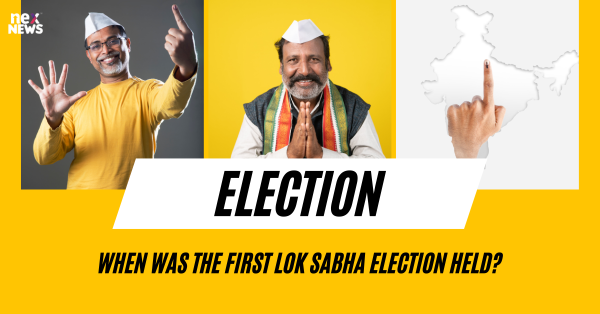The Historical Context of the First Lok Sabha Election
The First Lok Sabha Election in India marked a significant milestone in the country's democratic journey. Conducted in 1951-52, it was a vital step towards establishing a representative form of governance after gaining independence from British colonial rule. This election paved the way for a robust parliamentary system that would shape the future of Indian politics in the years to come.
The historical backdrop of the First Lok Sabha Election was shaped by numerous factors, including the Partition of India in 1947 and the subsequent integration of princely states. The country was grappling with the challenges of nation-building and consolidating its diverse population under one democratic umbrella. Against this complex political landscape, the First Lok Sabha Election emerged as a crucial event that not only tested the democratic zeal of the Indian populace but also laid the foundation for the world's largest democracy.
The Formation of the Election Commission of India
The Election Commission of India was established on January 25, 1950, under the provisions of the Constitution. Initially, the Commission was a single-member body, led by the Chief Election Commissioner. Over time, the Election Commission evolved to a multi-member body, with two Election Commissioners joining the Chief Election Commissioner.
The establishment of the Election Commission of India marked a significant milestone in India's democratic journey. The Commission was tasked with overseeing the conduct of free and fair elections, a pivotal role in ensuring the democratic principles enshrined in the Constitution were upheld. The Election Commission plays a crucial role in the electoral process by making key decisions on various electoral matters, including the delimitation of constituencies, voter registration, and the implementation of the Model Code of Conduct.
The Role of the Constituent Assembly in Setting Up the Electoral Process
The Constituent Assembly of India played a pivotal role in laying the groundwork for the country's first general election. As the body responsible for drafting the Constitution of India, it also had the task of establishing the electoral process to ensure a smooth transition to democratic governance. Members of the Constituent Assembly diligently deliberated on the principles and procedures that would govern the electoral system, taking into account the diverse population and vast geographical expanse of the newly independent nation.
Through extensive debates and discussions, the Constituent Assembly crafted a comprehensive framework that would guide the conduct of elections in India. Emphasizing the importance of free and fair elections, the assembly set out guidelines on voter registration, political party participation, and election monitoring. The members recognized the significance of ensuring universal adult suffrage, making India one of the first countries in the world to adopt such a progressive approach towards democratic representation.
The Constituencies and Eligibility Criteria for Candidates
For the First Lok Sabha Election in India, the country was divided into 489 constituencies. These constituencies were demarcated based on the principles of equal representation and population size. Each constituency was meant to represent a specific geographic area and send one Member of Parliament to the Lok Sabha.
To be eligible to contest in the election, candidates had to fulfill certain criteria as set out by the Representation of the People Act, 1951. The key requirements included being a citizen of India, not being convicted of certain offenses, and meeting the age criteria. Additionally, candidates had to pay a security deposit which was refundable if they secured a certain percentage of votes. These eligibility criteria were put in place to ensure that only serious and qualified individuals could participate in the electoral process.
The Political Parties and Alliances Involved in the Election
The first general election in India held in 1951-52 witnessed the active participation of various political parties and alliances. The Indian National Congress, led by Jawaharlal Nehru, emerged as a dominant force and won a substantial majority of the seats in the Lok Sabha. The party's strong presence and significant grassroots support played a crucial role in shaping the political landscape of independent India's first democratic elections.
Opposing the Congress, the All India Jana Sangh, a predecessor to the Bharatiya Janata Party, advocated for a Hindu nationalist ideology and contested the election on its platform. The Communist Party of India also fielded candidates and engaged in the electoral process, representing the left-leaning political spectrum. Regional parties like the Dravidian movement in South India and various socialist groups added diversity to the electoral mix, contributing to the vibrant democratic exercise of the country's first general election.
